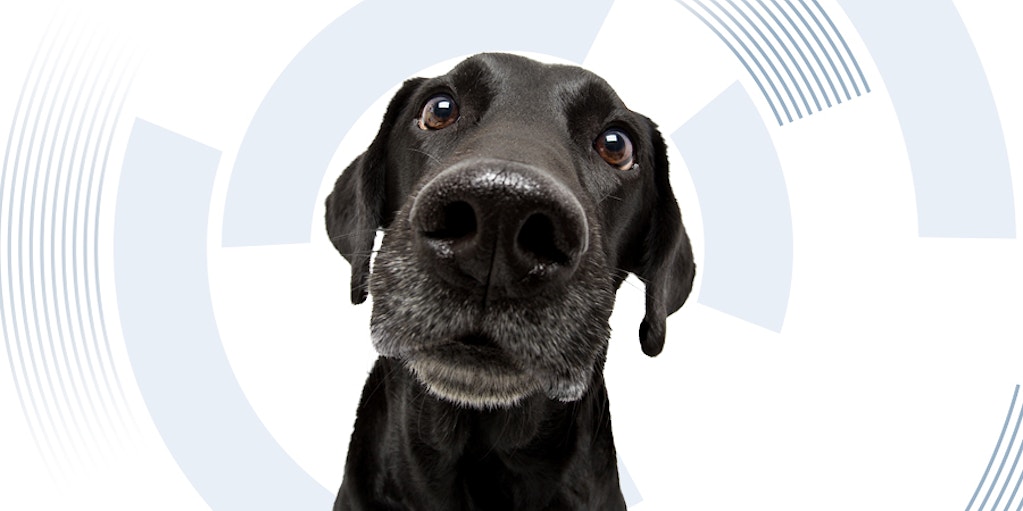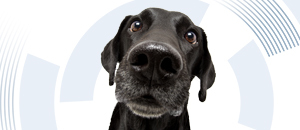
Speed up time to value with organisational agility
New competitors and changes to how customers act and think can come about almost overnight, causing sudden and dramatic disruption. For incumbent organisations, responding can be a problem – legacy processes slow the time it takes to get value from innovation.
The problem is so prevalent that when we surveyed 500 business leaders for our research into organisational agility, 72 per cent told us their company’s ability to respond rapidly to change will make the difference between success and failure. So, how can incumbent organisations speed uptime to value and thus better serve customers and stay ahead of the competition?
Agile operating models bring speed
From our research and experience working with clients all over the world, we know organisational agility is essential to gain value from change and innovation more quickly. We’ve found that the top 10 per cent of companies in terms of financial performance are 30 per cent more likely to show agile characteristics.

Can old dogs learn ingenious new tricks?
To speed up time to value and match this top-tier performance, we see three aspects of organisational agility to focus on:
Efficiencies should focus on time, not cost
Driving efficiencies are an everyday part of doing business, but efficiencies are typically a byword for cost cutting. Our research highlights the need to rebalance this approach. Delivering differentiated products and services at greater speed is far more likely to deliver enduring results than short-term cost savings.
To do this, set up systems and processes to adapt and experiment with new products and services. In our research, 42 per cent of the top financial performers said they release improvements or new functionality more frequently than their competitors, compared to 33 per cent of others.
It might sound impossible for an incumbent business to quicken its processes, but we’ve seen it succeed. At a global consumer products company, we took product development lifecycles from between six and nine months to just six weeks.
Organise your resources around customer outcomes
Too often, organisations focus their resources on activities that don’t directly serve customer needs. A recent Harvard Business Review article showed the number of managers, supervisors and administrators has doubled in the US, while the overall workforce has grown just 44 per cent. Typically, these roles don’t directly deliver customer value and slow the release of new products and services.
So, invest significant resources and leadership priority in going from concept to launch more quickly. More than half (58 per cent) of top financial performers said they do this, while only 39 per cent of others do. Only by launching products and services at pace will you satisfy your customers and see real value.
At Jaguar-Land Rover, they’ve used agile methodologies to reduce time to market for new models by 12 months. This means improved ideas that overcome customer problems get to market faster and has seen costs fall by more than 10 per cent.
Use the real world as your test bed
No matter how great your research, nothing compares with the real world when it comes to understanding what customers really want. So, minimise your research and lab work before getting products in front of real customers to understand whether they’ll succeed.
In our research, 49 per cent of the best financial performers told us they mobilise to respond to competitors quickly compared to just 32 per cent of others. While you may not always have first mover advantage, there is significant benefit in being a fast follower, refining concepts and features to improve the customer experience.
One great example of using the real world to test new products is fast fashion company Zara. It takes 10,000 products a year from idea to shop floor, while its competitors typically launch a fifth of that. They produce small batches and see how real customers respond, scaling what works. It’s this approach to quick iterations that’s seen Zara make its way onto Forbes’ list of most valuable brands.
Gain value more quickly with agile ways of working
In a fast-changing world, organisations need to be equally fast. We no longer have the luxury of waiting for investments in innovation and change to deliver value, we must work in more logical ways to test and learn and capture value as quickly as possible. And in our experience, that means adopting an agile operating model.
Explore more







